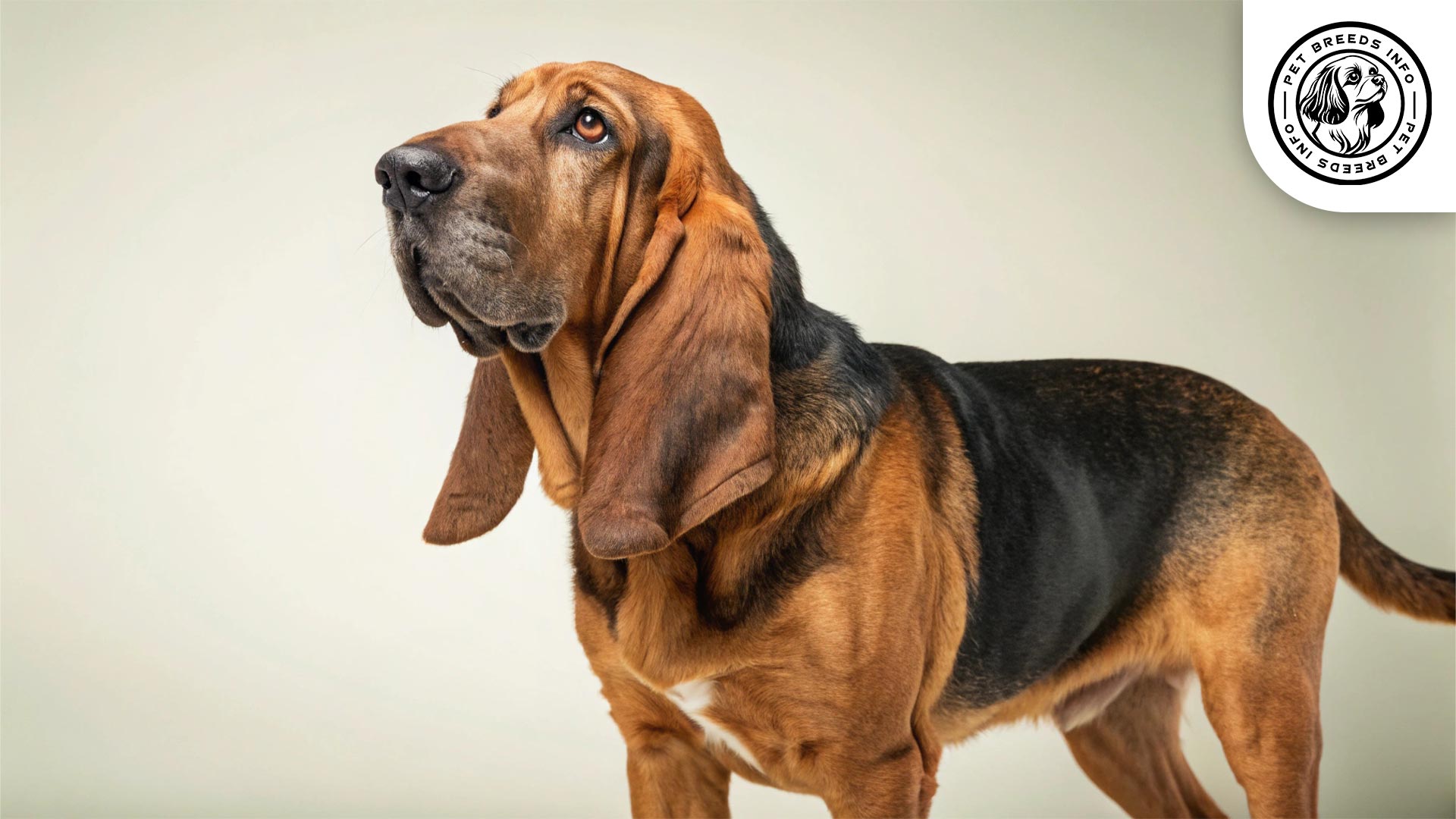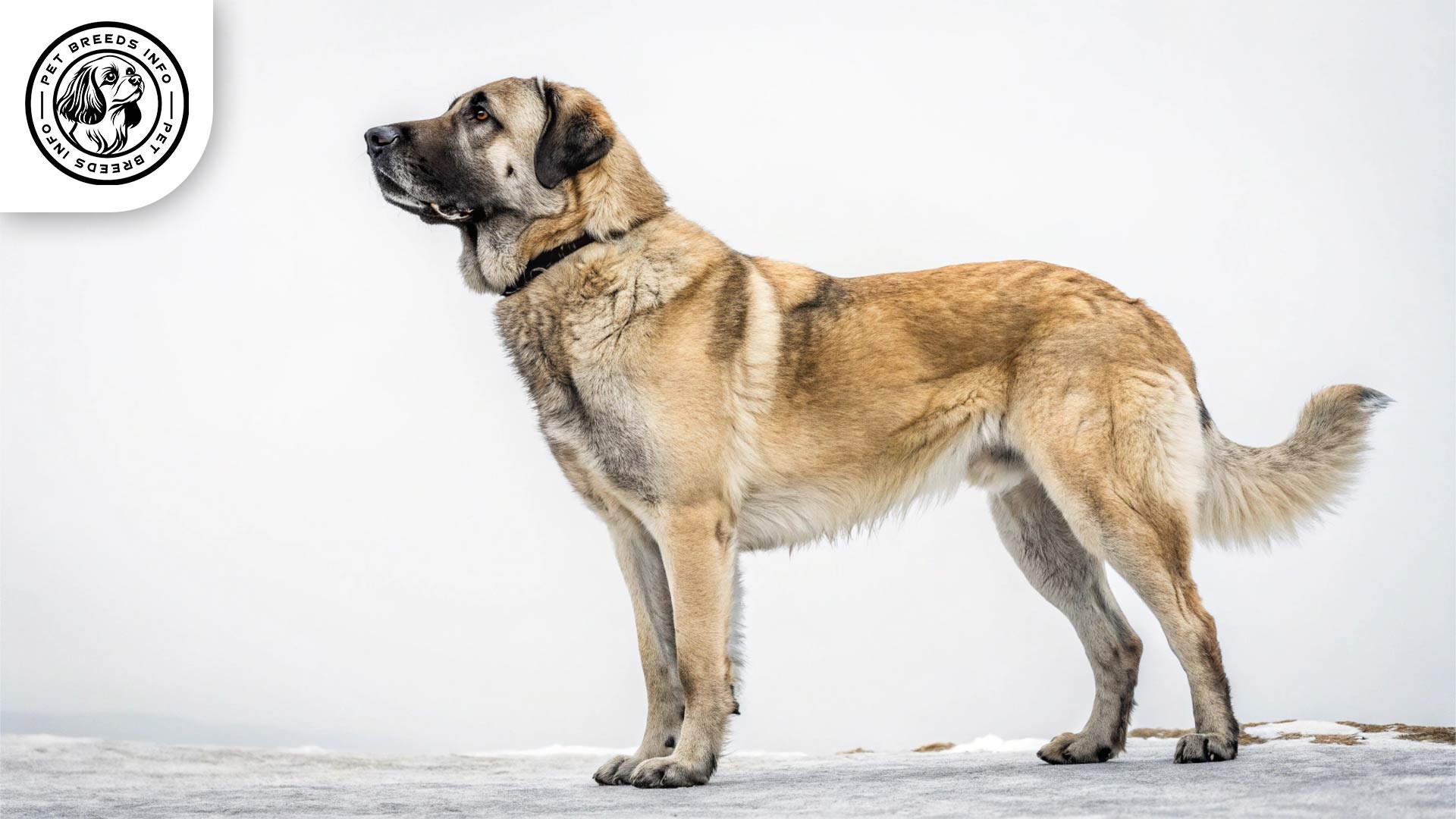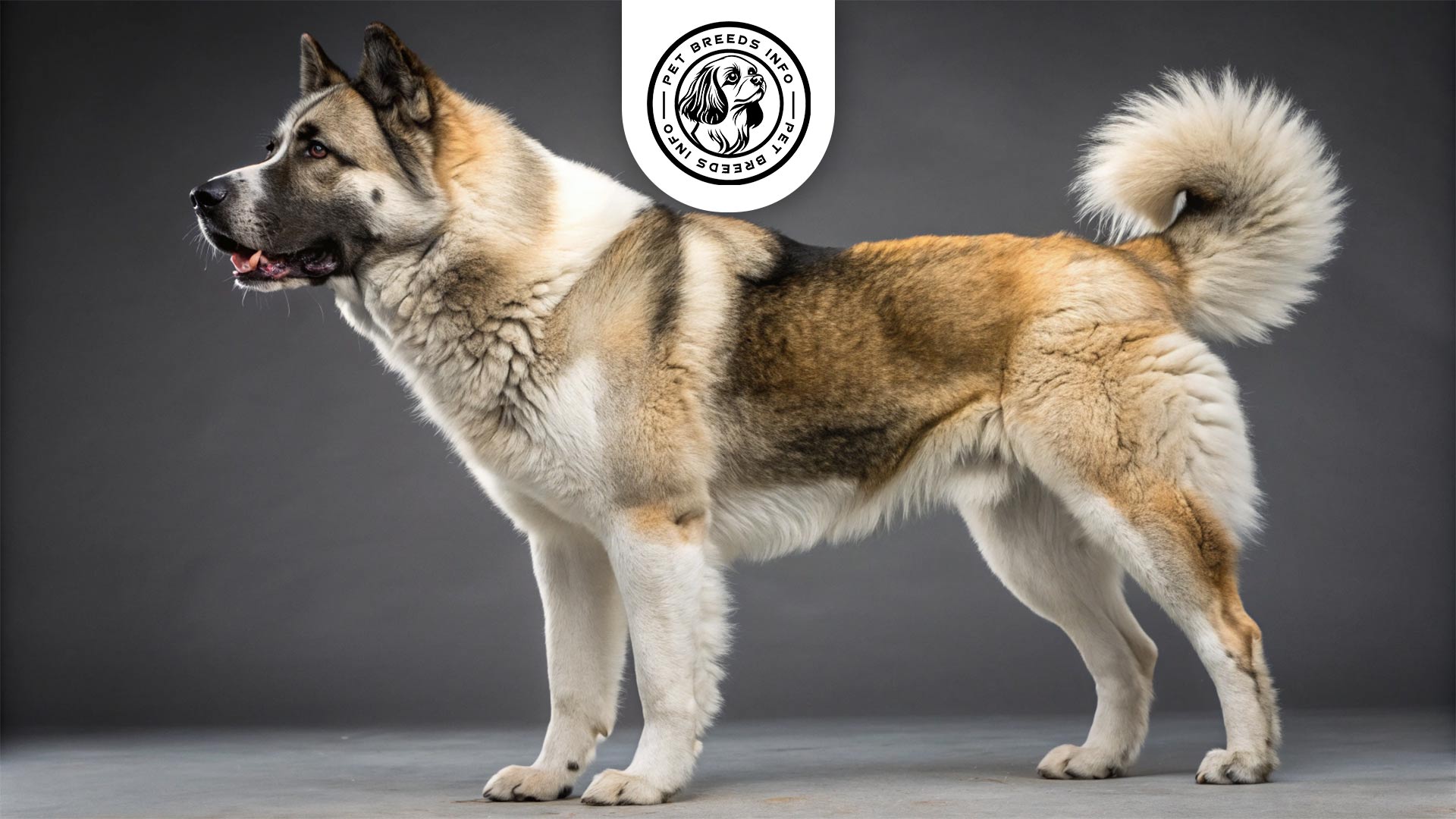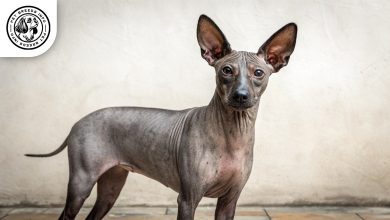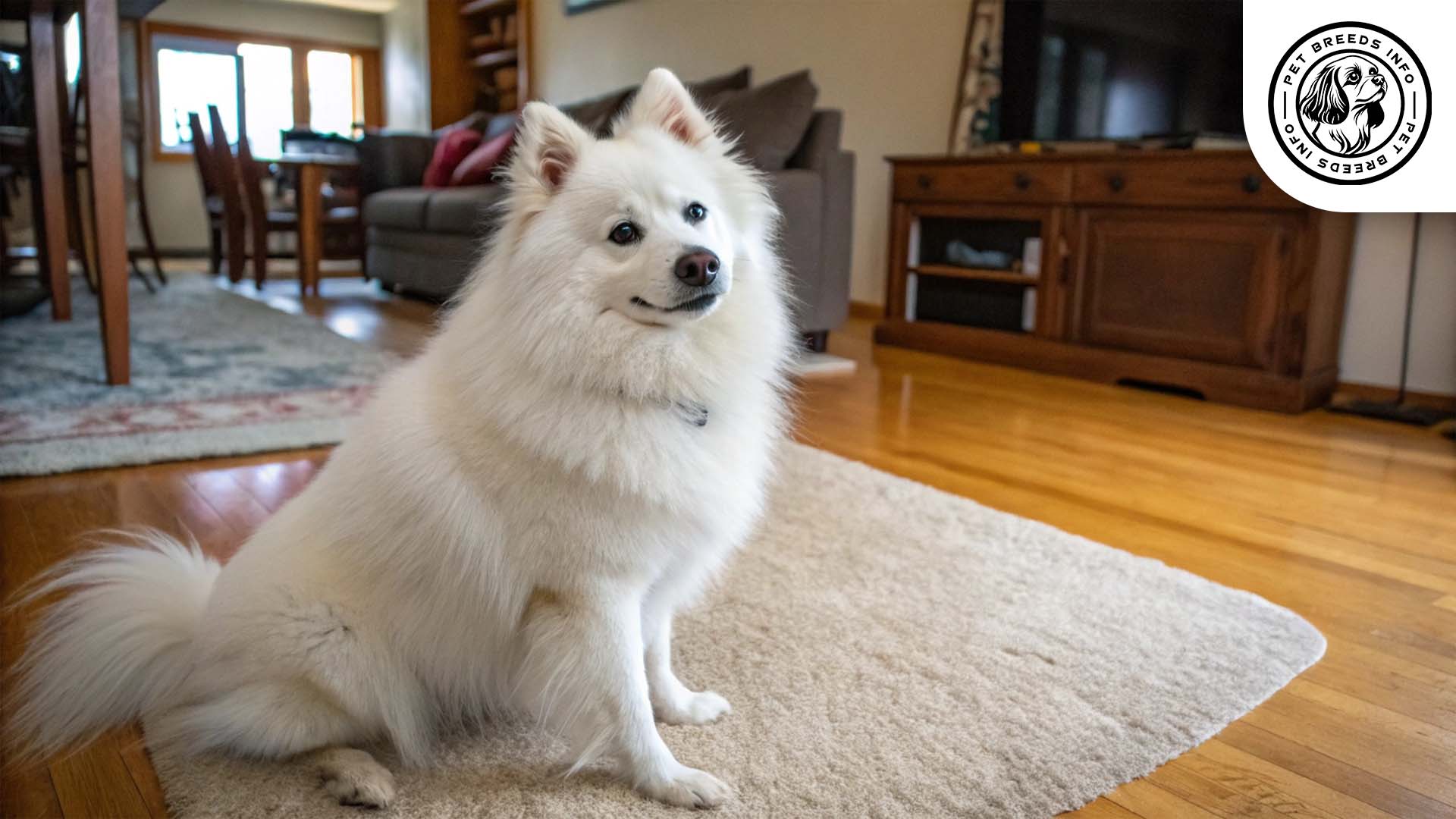Bloodhound Dog Breed: Size, Health, Price & Personality
General Introduction of the Breed
The Bloodhound, also known as St. Hubert Hound, is a powerful scent hound breed originating from Belgium and France. The breed was primarily developed in medieval Europe by monks of the Saint-Hubert Monastery. Over time, it became widely recognized for its unmatched scent-tracking abilities, which have been utilized in search and rescue missions as well as law enforcement.
Table of Contents
| Weight | 80-110 lbs |
| Lifespan | 10-12 years |
| Diet | High-quality kibble, wet, or raw food |
| Care | Regular brushing, ear cleaning, exercise |
| Health | Prone to hip dysplasia, bloat, ear infections |
| Color | Black & tan, liver & tan, red |
| Nature | Gentle, determined, social |
| Price | $800 – $1,500 |
Physical Characteristics
The Bloodhound is a large breed with males typically weighing between 90-110 pounds (40-50 kg) and females ranging from 80-100 pounds (36-45 kg). Their height varies between 23-27 inches (58-69 cm).
The breed has a short, dense coat that comes in three main colors: black and tan, liver and tan, and red. Their eyes are deep-set and typically brown or hazel, exuding a soulful and gentle expression. Bloodhounds have long, droopy ears, which help channel scents to their nose. Their wrinkled skin, especially around the face and neck, is one of their most distinguishing features.
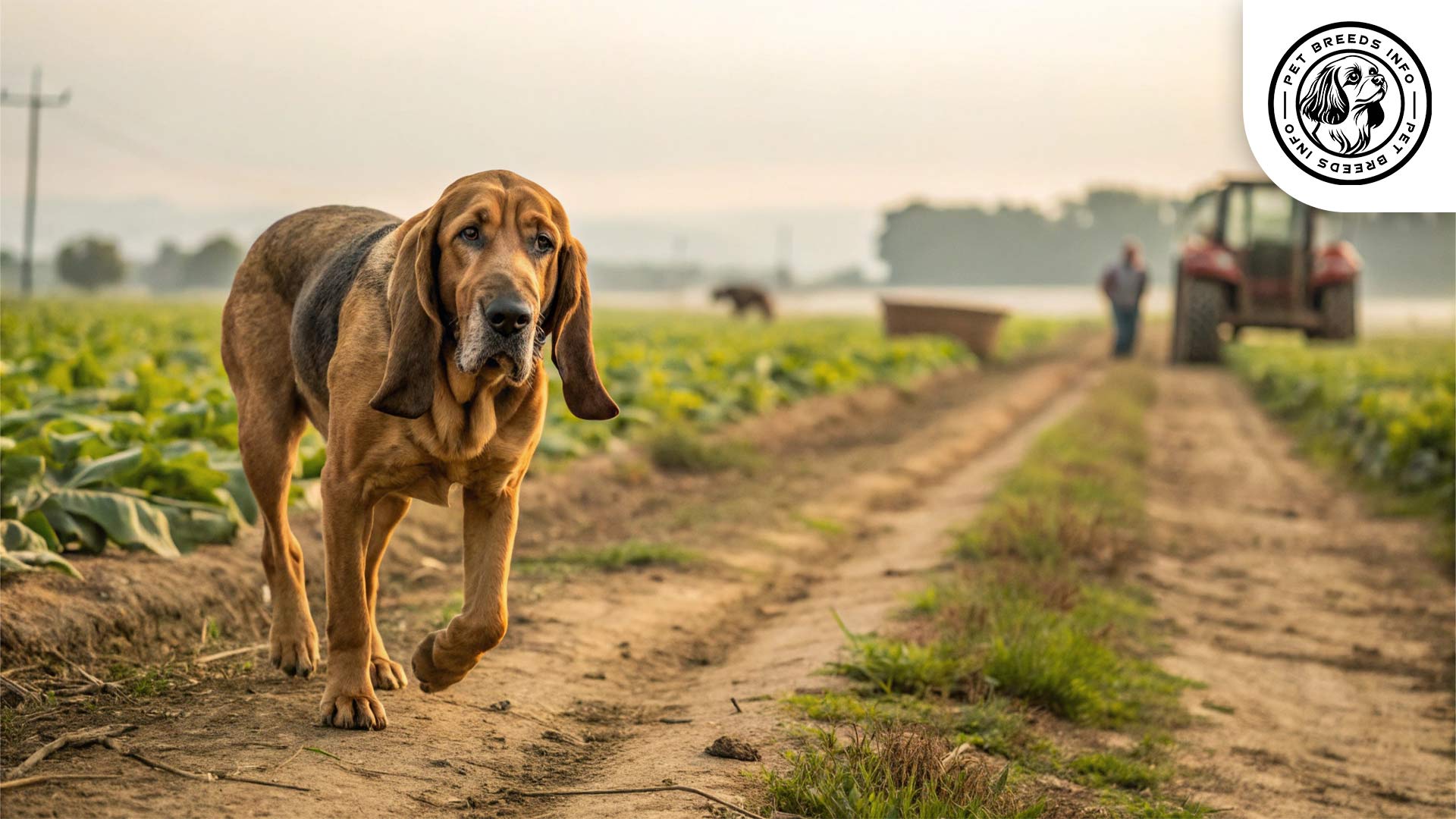
Personality and Temperament
Bloodhounds are intelligent and highly determined, particularly when following scents. While they are affectionate and loyal to their owners, they can also be independent and stubborn, which may require patient training.
They have a moderate to high energy level and require daily exercise. Their social nature makes them excellent with children, other pets, and strangers. However, due to their keen hunting instincts, early socialization is crucial to ensure proper behavior. They are generally sensitive to their environment and can be prone to anxiety if left alone for long periods.
Care and Maintenance Requirements
Bloodhounds need ample exercise, including long walks and sniffing sessions, to keep their bodies and minds active. Due to their size, they are better suited to homes with large yards rather than apartments.
Their grooming needs are moderate. They shed consistently, requiring regular brushing. Their large, droopy ears need frequent cleaning to prevent infections, and their wrinkles should be wiped to avoid skin issues. Regular bathing, nail trimming, and dental care are also essential.
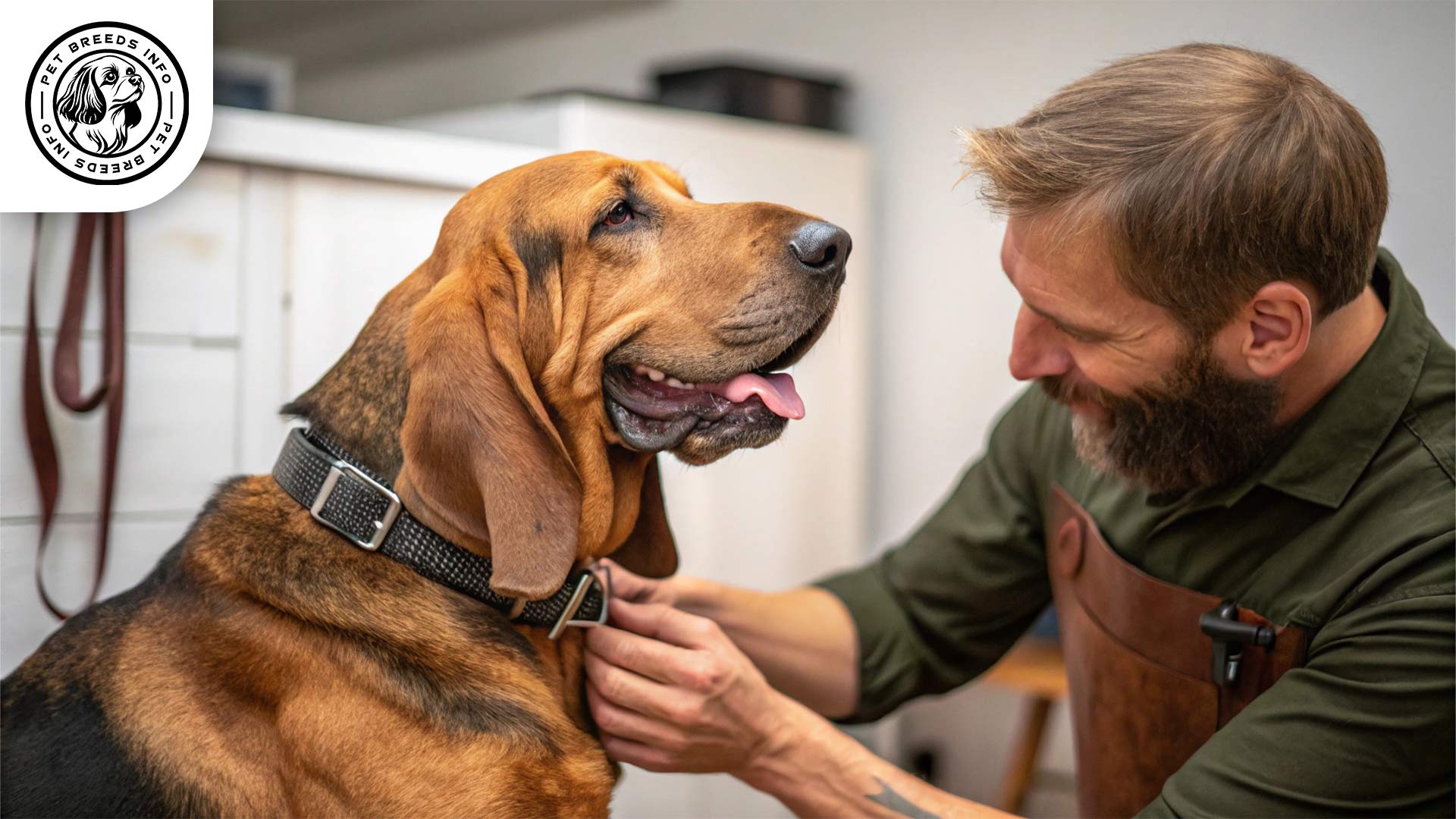
Diet and Nutrition
Bloodhounds thrive on a balanced diet that includes high-quality dry kibble, wet food, or a raw diet suited to their needs. They require controlled feeding to prevent obesity and bloat, a condition they are prone to.
Read More: Bedlington Terrier Dog
Avoid giving them excessive treats or fatty foods. Harmful foods include chocolate, onions, grapes, and anything high in salt. They typically require two measured meals per day, adjusted based on their activity level.
Health and Common Medical Issues
The average lifespan of a Bloodhound is 10-12 years. They are prone to several genetic health conditions, including hip dysplasia, elbow dysplasia, ear infections, and gastric torsion (bloat). Their large frame also makes them vulnerable to joint issues.
Routine vet check-ups, vaccinations, and preventative care are crucial for maintaining their overall health. Regular ear inspections and diets that minimize bloat risks are highly recommended.
Training and Behavior Management
Training a Bloodhound can be challenging due to its independent nature. Positive reinforcement methods work best, as they respond well to reward-based training.
Read More: Belgian Malinois Dog
Early socialization and obedience training are essential to managing their strong tracking instinct. Leash training is important because they tend to follow scents persistently. Consistency and patience are key when training this breed.
Interaction with Other Animals and Humans
Bloodhounds are known for their gentle and friendly nature with children, making them excellent family dogs. They are typically sociable with other pets but may occasionally display prey drive towards smaller animals.
They are affectionate toward their owners but also independent, meaning they can tolerate some alone time. They do best in households that provide companionship and engagement.
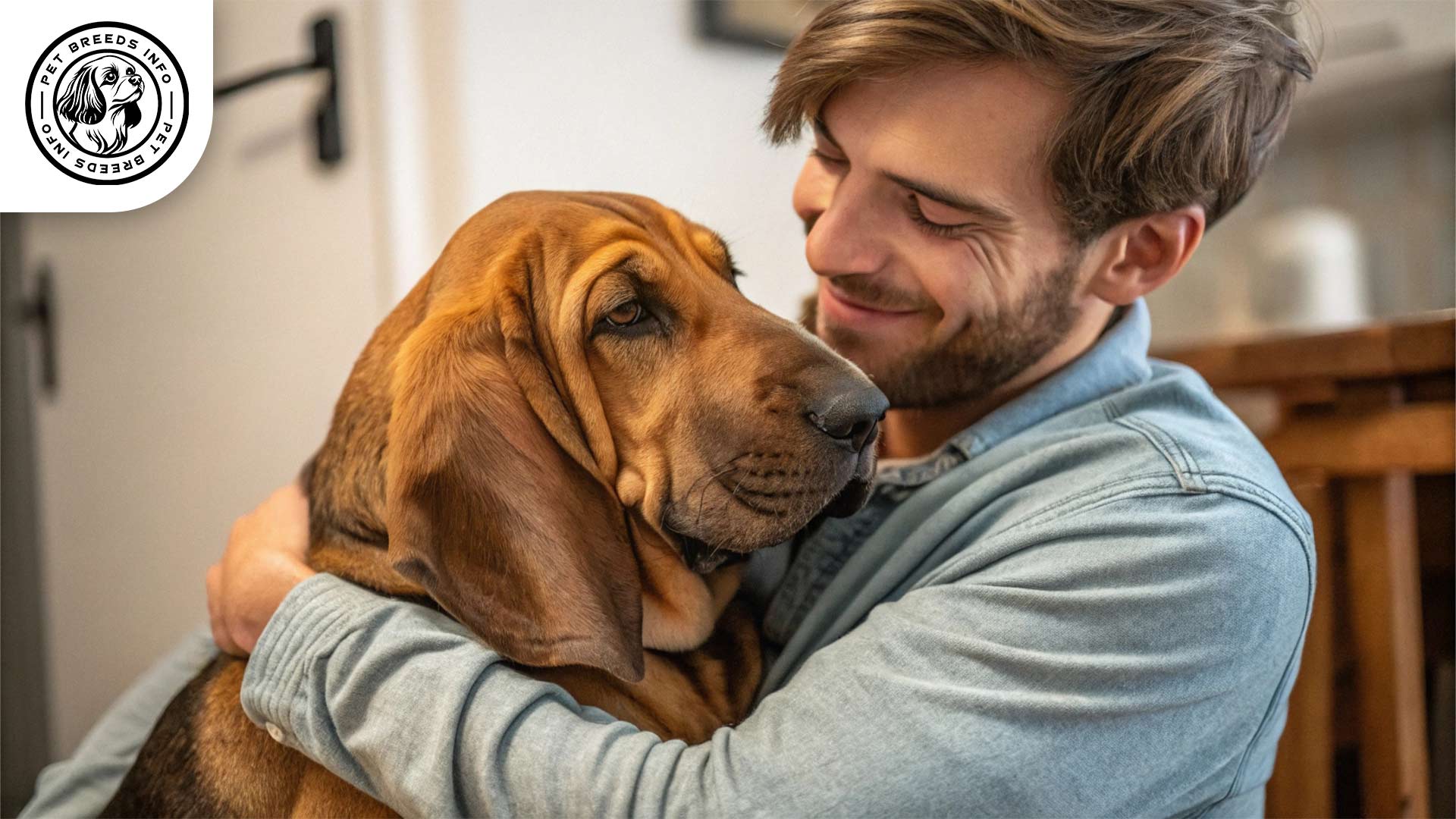
Price and Availability
The average cost of a Bloodhound puppy from a reputable breeder ranges from $800 to $1,500, depending on pedigree and location. Adoption from shelters or rescue groups is a more affordable option.
When purchasing a Bloodhound, ensure the breeder provides health screenings. Reputable breeders and adoption centers are the best sources for acquiring a healthy and well-socialized dog.
Conclusion and Final Thoughts
The Bloodhound is a lovable and highly skilled scent hound that thrives in active, engaged households. While they are excellent companions, they require dedicated training and care to manage their tracking instincts.
Read More: Bernese Mountain Dog
The ideal home for a Bloodhound includes ample space, frequent exercise, and an attentive owner who can provide proper grooming and health care. Prospective owners should consider their energy levels, training needs, and health concerns before bringing a Bloodhound into their home.
FAQ
How much exercise does a Bloodhound need?
They need daily walks and scent-based activities to stay mentally and physically fit.
Are Bloodhounds good family dogs?
Yes, they are affectionate and great with children, but their size and energy require supervision.
Do Bloodhounds shed a lot?
Yes, they shed moderately year-round and need regular brushing to manage it.
Can Bloodhounds live in apartments?
They are better suited for homes with large yards due to their size and exercise needs.
